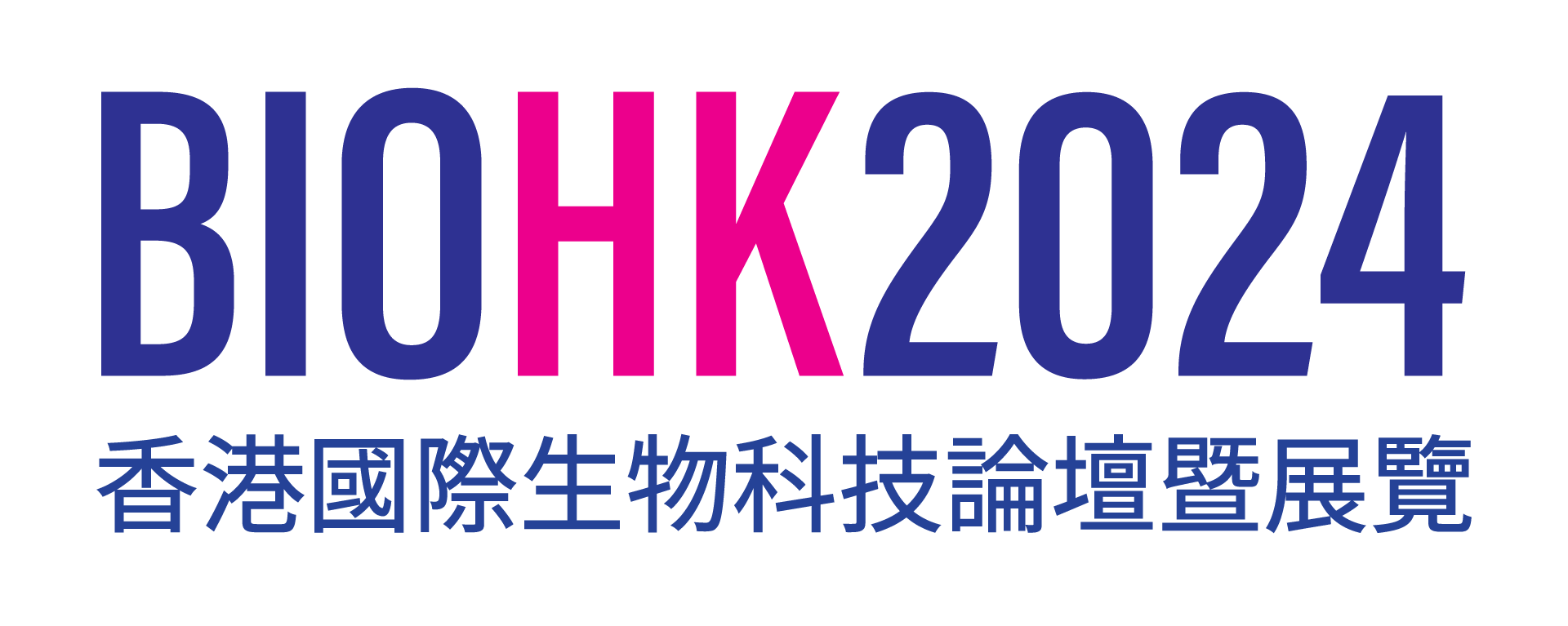
Rare disease patient advocate Monica Weldon outlines some of the ethical conundrums around embryonic gene editing. With CRISPR technology again in the news as part of the rush to develop COVID-19 treatments and vaccines, Weldon highlights the arguments for and against embryonic gene editing from a patient/parent perspective and makes some predictions for the future of the field.
Who would have imagined a year like 2020? The COVID pandemic has led to tumultuous times of pivoting and adjusting to what seemed unimaginable in our lifetime. The world had to hang on a dime, making difficult decisions that affected all populations around a virus no larger than 20nm – something so small, yet capable of causing mass devastation.
The world had to adapt and change to protect our livelihoods and hold on to the quality of life we knew before March 2020. The pandemic has led to massive shifts in mindsets and habits as we have adjusted to survive. That is human nature.
During the pandemic, people retreated into isolation and worked from home to interact virtually.
I had the honour of speaking at the ASGCT 23rd Virtual Annual Meeting 2020 on a controversial topic: Social, Ethical, and Scientific Perspectives on Germline Gene Editing. There are two sides to every coin. Our panel of experts worldwide had a serious and emotional conversation centered on CRISPR technology and the potentially slippery slope of disease modification. The question becomes how high that slope is and how far do you want to take a risk by not falling?
Many parents, like myself, have struggled with how far is too far to go when wanting the best for your child, especially when it comes to treating disease and improving their quality of life. I look back on 2020 and see how the “scientific troops” rallied all over the world, bringing experts and heads of states to find solutions to a virus that had the potential to threaten and take lives in mass numbers. The sheer speed at which treatments for a novel virus was developed was world-rocking.
You are probably asking yourself how this relates to the gene-editing of embryos to treat a disease? Well, for beginners, the first-ever vaccine for COVID was created as an mRNA. CRISPR technology has opened doors at Stanford, where scientists are working on a vaccine that uses CRISPR to alter human cells’ invaded by the coronavirus. “We developed a safe and effective CRISPR system to precisely target, cut and destroy COVID-19 virus and its genome, which stops the coronavirus from infecting the human lung.”1
Background
Harvard biologist George Church was one of the first scientists to edit human cells with CRISPR. The advancement of this technology in treating diseases has been a continuous debate for over a decade on both political and ethical fronts. CRISPR caught the world’s attention when Chinese scientist He Jiankui announced he had altered a gene in the embryo before implanting it in the mother’s womb. His initial goal was to make the babies resistant to infection with HIV.2 The scientific community was outraged and condemned the action. Sentiments of going too far to change human DNA could have long-lasting repercussions, damaging the human gene pool.
One Side of the Coin: Options & Choice
Can embryonic gene editing be compared to currently approved treatments allowing for prenatal surgery? For example, correcting spina bifida and other abnormalities in fetuses, once considered cowboy medicine, is now mainstream. Some would argue that the fetus was already developing and was not changing the DNA code. On the flip side, what if the gene was identified during the early embryonic stage to change the defective amino acid or gene mutation that would have caused the defect in the first place? These are some tough questions to answer. If the methods and techniques were approved safe and someone wants to try to fix a gene to save their baby, should they have that option? STAT News quoted me as stating, “Obviously you have to move cautiously, but saying no, no, never … I don’t think you can say that unless you understand the patient experience.”3
Technology moves faster than laws and regulations and is a challenge when finding treatments for any disease. It is essential to have guidelines and safety protocols reviewed and use data that is proven. If I as a parent knew that CRISPR could safely and effectively be used to change out the “right” code for the “wrong” code in the DNA sequence that has caused my son his struggles and challenges, knowing well what the outcome would be for him in the future, I might take the chance.
However, knowing little about the disease’s outcome, I am not sure whether I would have done something, even if the option was open to me at that time. Moreover, I would not have followed the path I am now on, helping other families in the same situation. Suppose CRISPR technology is safe and more knowledge of the disease progresses in the future, and a way to treat such conditions? In that case, I would struggle not to give those families the option to improve the quality of life for their child and families in the future.
The Other Side of the Coin: Ethics & Governance
The next question is, how do we gather that type of information when the baseline is altering an individual’s life without knowing the outcome? This has been a sticking point and ongoing issue in both political and research circles all over the world. Many deciding factors on where to draw the line on embryonic gene editing depend on culture, moral beliefs, and laws. “In November of 2018, the Second International Summit on Human Genome Editing convened to address the “science, application, ethics, and governance of human genome editing.”4
The Future of Treatments & Developing Technology
Experts are currently coming together worldwide to determine a unified framework and guidelines for CRISPR and under what types of circumstances it can be used. The US National Academies of Sciences, Engineering, and Medicine has made formal recommendations for ethical human genome editing, however, in the Summer of 2019, the US Congress banned the altering of DNA of human embryos used for pregnancies.5 The debate will continue. As technology changes through time, so do the social mores of our cultures. Politics and science are often caught in the middle, leaving families waiting, hoping, and praying for treatments they hope can create a better quality of life for their children.

